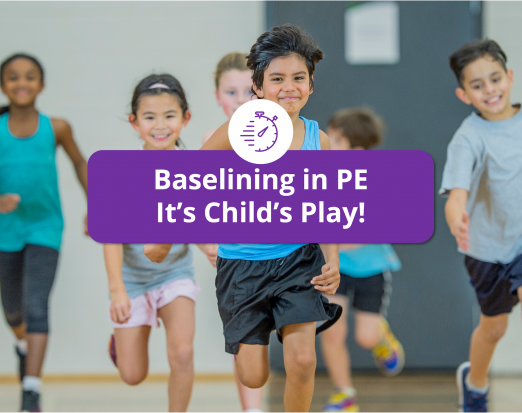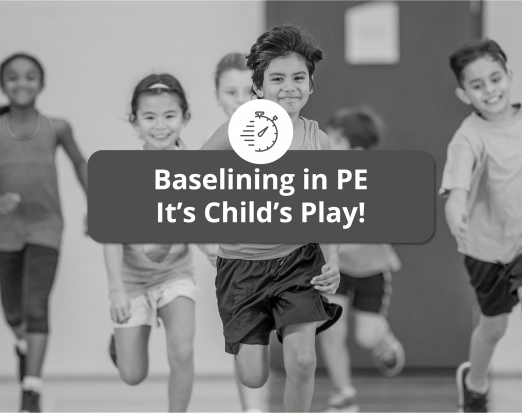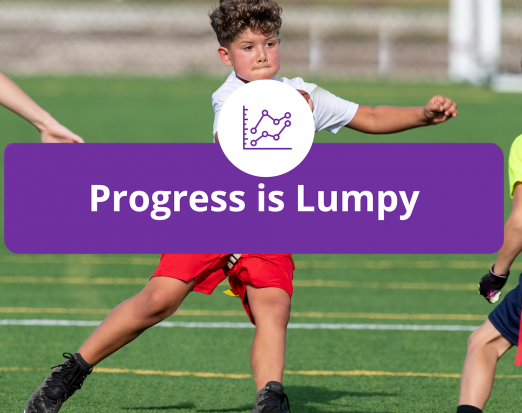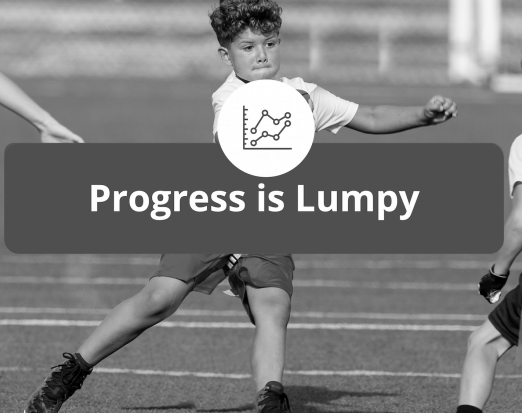Fundamental Movement Skills
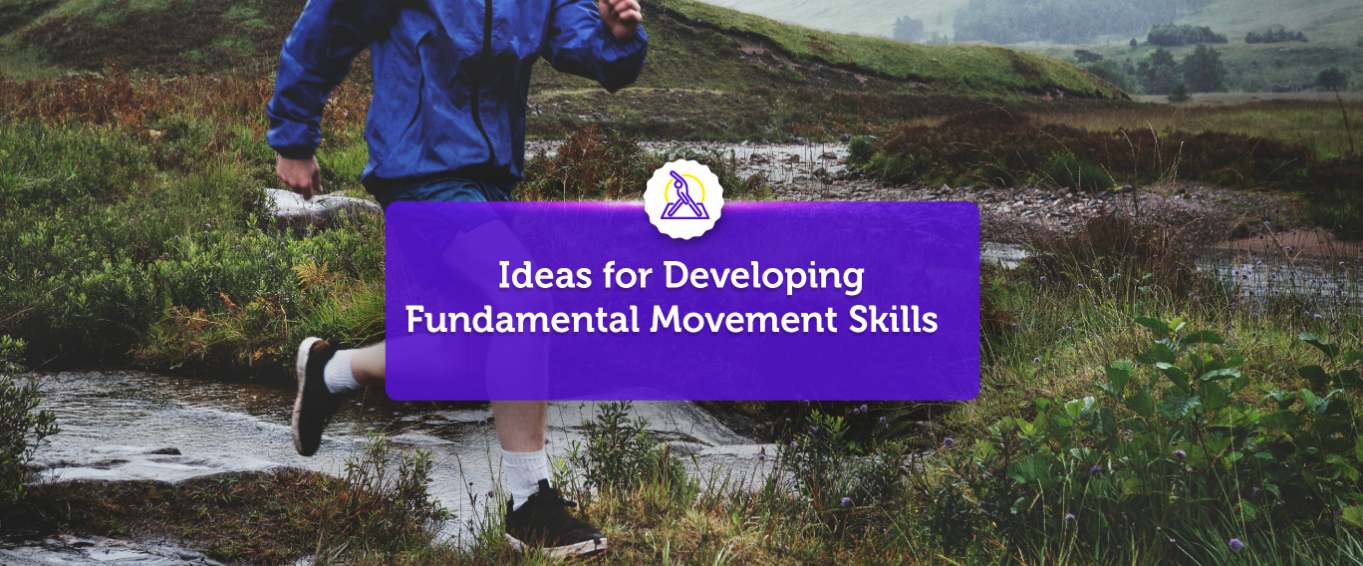
Just Play – Ideas for Developing Fundamental Movement Skills
Sometimes Teachers, Coaches and parents fall into the same trap – we intervene! As long as the children are safe when they play, there is a time, just to let children play, and even then, an element of risk can also be beneficial! The Amaven team will not be the only people that remember playing outside all day as children, getting muddy, playing hide and seek in the woods, playing ‘Kerbsie’ or a game of 20 a side football, with jumpers for goalposts, and finding it hard to recognise who was on your team.
The world is a very different place now, but before we spend any more time becoming overly nostalgic, let’s take a minute to recognise the benefits that ‘the good old days’ provided us with. We developed our Fundamental Movement Skills!
The Fundamental Movement Skills are Running, Jumping, Throwing and Catching.
The National Curriculum states that Key Stage 1 children should be encouraged to develop these skills and Key Stage 2 children should be “taught” to use these in isolation and combination and whilst we absolutely support this, it is a slight shame that this has to be developed during PE instead of children being able to explore and develop these skills themselves, because, in truth in the right environment – they are really not that hard to develop – especially through free play.
Back to Basics
The opening line of this blogs stated that we ‘all fall into the trap of intervening.’ There is, of course, time for interventions, but sometimes, it can be equally as beneficial to create an environment where children are exposed to needing to practice these without them knowing. There will be mistakes, but in the right environment, children will learn from these mistakes. Think of all the hours spent playing “Tick” in the school playground – for many, just a fun game but also lots of time to practice running (and develop agility).
We look below at each of the fundamental movement skills below and explore why they are important and give both teachers and parents some ideas for how to develop them, or more importantly, how to help the children develop these skills themselves.
Running
Take a moment to think about all the sports that require you to be a good runner. There are hundreds! You might think about sprinters, marathon runners and football players, but what about the run up for a javelin or a long jump, the Cricketer running between the wickets or a tennis player running around the court to make their shot.
Running makes up the basics of many sports, and in most sports, running comes with an element of risk, in a team sport, you are likely to be tackled or bump into an opponent, in tennis you are moving at such speed you may twist an ankle, the point being is this risk cannot always be avoided, and as such do not try to over sanitise the conditions for the children. If we went deeper to look into theories of evolution, humans run to avoid danger – this is definitely not risk free!
IDEAS FOR TEACHERS – Why not use tag (or an equivalent) as a starter activity to PE. We would recommend splitting the class into 3 areas for differentiation and safety reasons, but other than that expect there may be the odd bump – encourage the children to manage their own safety.
IDEAS FOR PARENTS – How about going on a mud run as a family – running on the uneven terrain can have also improve balance, and it is great fun being outdoors and just getting muddy!
Jumping
Same question: take a moment to think about all the sports that require you to be a good jumper. Again, there are hundreds! High Jump, Long Jump, Triple Jump and Hurdles being the obvious choices, but what about the Goalkeeper in a Football Match, a basketballer shooting for 3pts, a dodgeball player etc. The list is, again, endless. Jumping can support with the development of strength, power, coordination and balance. All are essential skills for many sports, but also useful skills for the ‘real world’.
Remember Hopscotch? Helped with all the benefits above.
IDEAS FOR TEACHERS – Use the markings on your playground and ask the children to make up their own obstacle course. Add the condition that some of the obstacles must involve a jump to overcome them, or use ladders, huddles and hoops to do the same. How many different jumps can the children come up with!
IDEAS FOR PARENTS – Go back in time!! Why not draw hopscotch squares with some chalk at home and introduce them to the age-old game!
Throwing and Catching
Throwing and catching are obviously different skills, but it should come as no surprise that the two go…… hand in hand!
Again, there are many, many, sports that require you to be proficient at throwing and catching, but what many people miss is that being a good at throwing and catching can help with your handwriting! Throwing and catching in different ways involves lateral and bilateral movement and development, meaning that most of your brain is being used in the motion. Developing Gross Skills (such as Throwing and Catching) can also lead to improvements in your fine skills, such as handwriting – this is largely down to the increased levels of coordination.
Developing throwing and catching skills is important for all children.
IDEAS FOR TEACHERS – Let children play! Think about games that involve lots of throwing and catching and adapt the rules as necessary. Consider playing Netball and Basketball where a number of passes equates to a goal. How about Rugby, Dodgeball, Rounders – yes there is a need to help with the skill but create an environment where it must be practiced freely.
IDEAS FOR PARENTS – Remember Kerbsie? (A quick google search if you don’t) This is a great game to develop these skills, and although today’s roads are far too busy for this game, it can be adapted at home, by simply providing your child with a target (a hoop, a soft toy, a mark on the ground).
Benefit of Developing these skills
As you will have read, there are benefits in relation to sport, education, and even evolutionary survival skills, but what we have not yet mentioned is the increased confidence in children that are more skilled. Sport and Physical Activity has a tremendous power to improve people’s mood, it is for many, and should be a source of fun and a release of stress, but it is not always the case for those that find it difficult – developing these skills provides a basis for many sports and hobbies and can help children develop their confidence and self-esteem, which is surely only a good thing.
It is also mentioned in many articles that children that learn these skills at an early age are more likely to take part in sport later in life, whilst we cannot confirm if this is completely accurate, we can say, that we truly believe in healthy habits, and the more active we are, and the more it becomes habitual, the better off we will all be!
Our goal is to develop effective movement strategies in children, with their movements becoming more efficient, demonstrating improvements in motor control and performance. Hopefully this will also improve their confidence and their enjoyment in being both active and playing sport.
Improve a range of fitness components and motor skills in children
The Total Sport App empowers children to access fun activities to improve a range of fitness components and motor skills.
-
Develop the fundamental movement skills - agility, balance and coordination
-
Try new skills, like dance and yoga
-
Learn the importance of nutrition, sleep and activity for overall wellbeing
